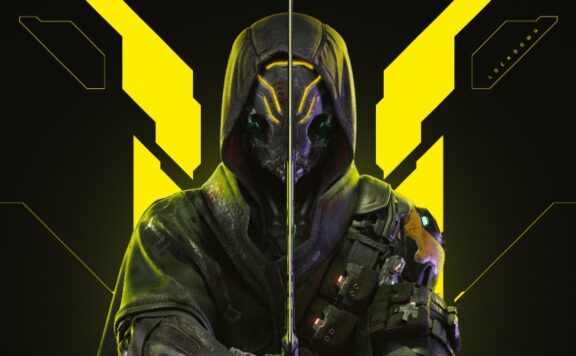Neoverse is a deck-building roguelite with card-based combat. That might sound strange, but that’s the least strange part of the game, what with the oddly busty vampiric paladin or the sorceress that can summon dragons facing off against robotic fish. If you don’t mind missing a bit of polish though, Neoverse is deceptively deep despite its slightly rough exterior.
It’s mostly the menus that are a little fiddly and whilst you can use the D-pad on console, it moves the mouse pointer around and occasionally gets it wrong. While you’re actually playing the game though it looks pretty good, as combat plays out on screen in 3D. It’s not stunning, but it’s good enough to keep you engaged and has some creative enemies and animations for attacks or spells.
The main issue here though is that it lacks an identity. Enemies are wildly varied, as mentioned, but you tend to fight them in arenas that have no apparent connection to them, and once you’re done you just move to another with no real explanation for why you’re there or why you’re fighting those enemies. The absurdly revealing clothing on the main characters and emphasis on outfits definitely doesn’t help either. It comes off as a little generic, which is a shame as the core of the game – the combat and deck-building – is excellent.

There are three characters you can play as in Neoverse and the difference between them is profound, as they have very different decks. Clare is a Paladin who can gain punishment and faith while fighting and use these to deal damage when attacked and power her abilities, while Helena can summon one of three creatures to assist her in combat.
Each character, however, also has different starting decks – Clare can also use a vampiric deck, for example, which allows her to drain health from enemies when attacking using another resource. When you start a game, things will be relatively simple with you throwing attacks at enemies, adding defence to block some of the damage from their attacks, but once you’ve played a few games, picked up a few cards, and upgraded some of your own you’ll need to start using your deck’s quirks and maybe some items to keep yourself in the game.

Clare’s vampiric deck was my favourite, but they all have three distinct starting decks to choose from and there’s a lot of room for experimentation within those decks too. As you play, you progress through five progressively more difficult stages with a boss at the end, before you move onto another five, and so on until you hit the final boss. You’ll start by dealing 2 or 3 damage per turn and end dealing out at least ten times that when you’re being conservative whilst also healing yourself and defending, too. It’s an incredibly rewarding system that’s only enhanced by combos that you can pull off by using card types in a particular order that’s shown on screen, or parrying by having the exact right amount of defense to block an enemy’s attack, allowing you to damage in return.
The only real issue is that it’s more repetitive than is reasonable. Since all you do is battle, use a couple of menus to upgrade skills and buy items, then choose your next battle and get to it, it can wear a little thin. You do pick up quests when you choose your next fight, which can be completed at any point for a reward such as upgrading a card or healing you. There are also two other modes, such as a challenge mode and hunter mode, but they don’t really offer much relief from the repetition.





